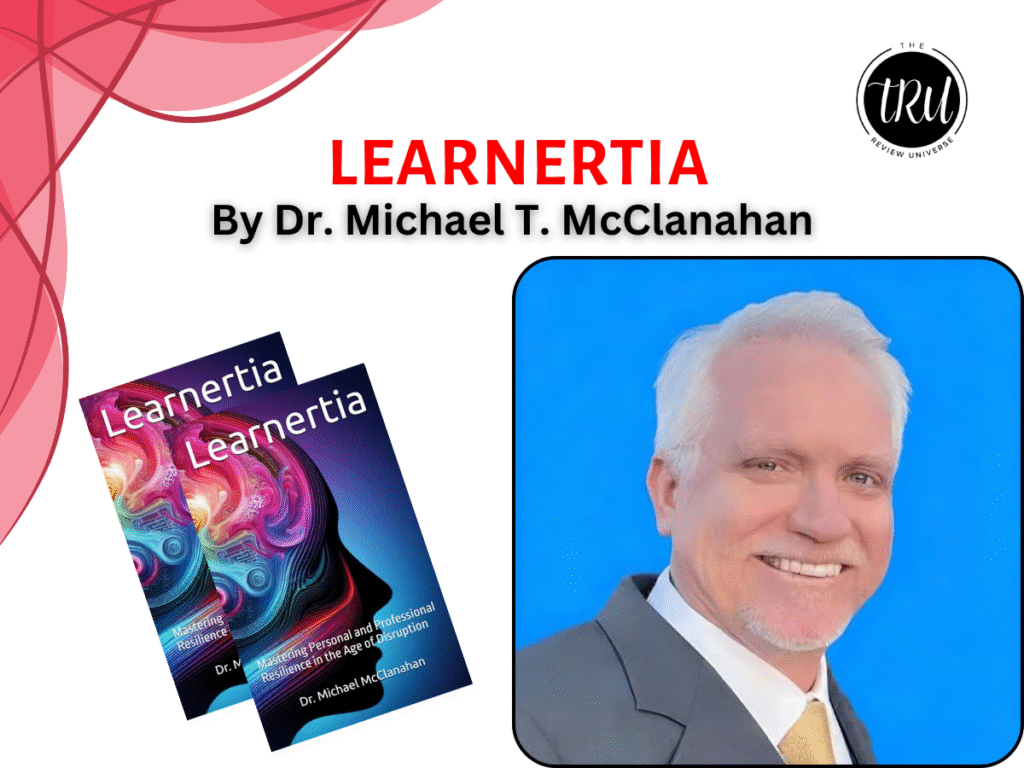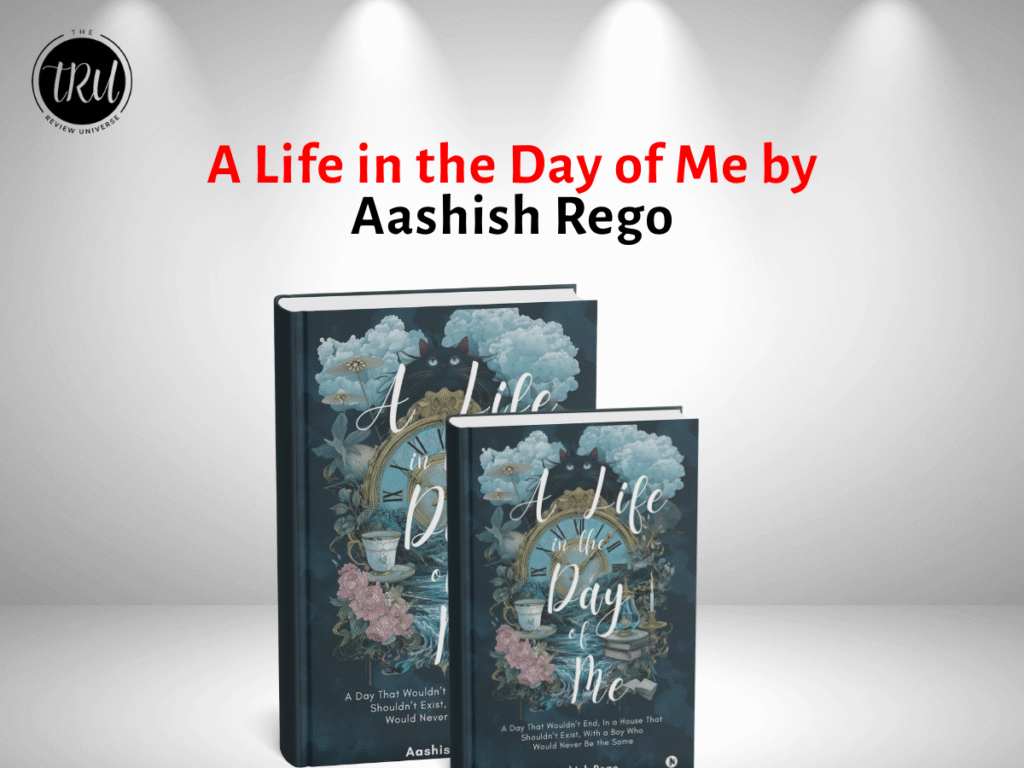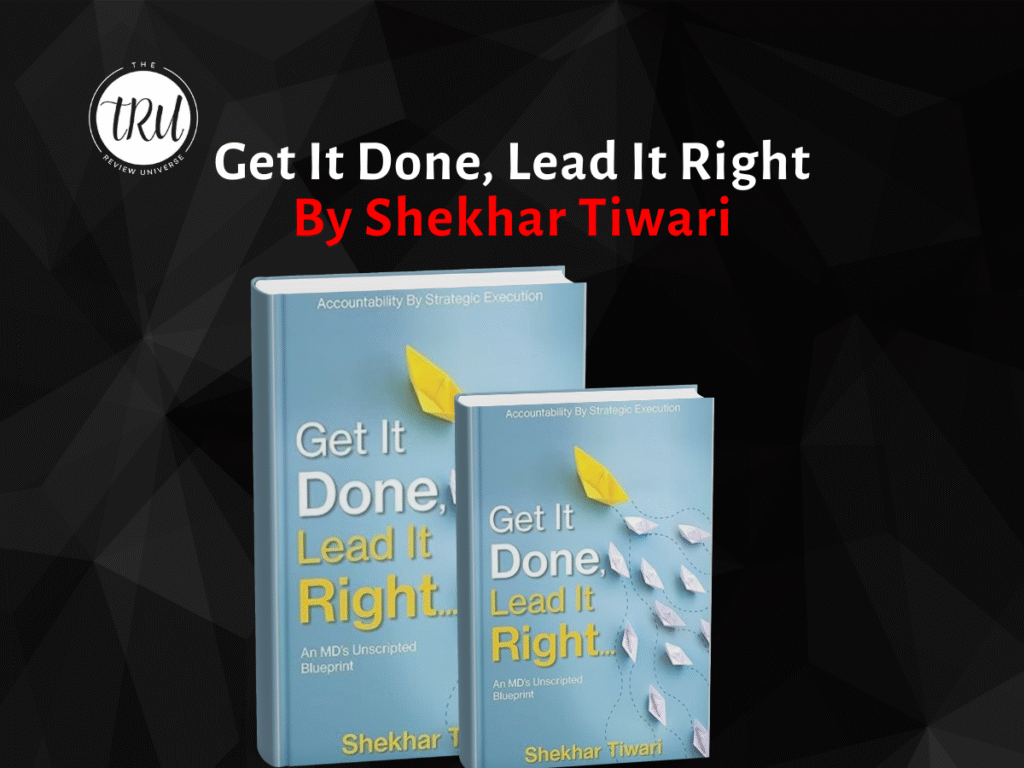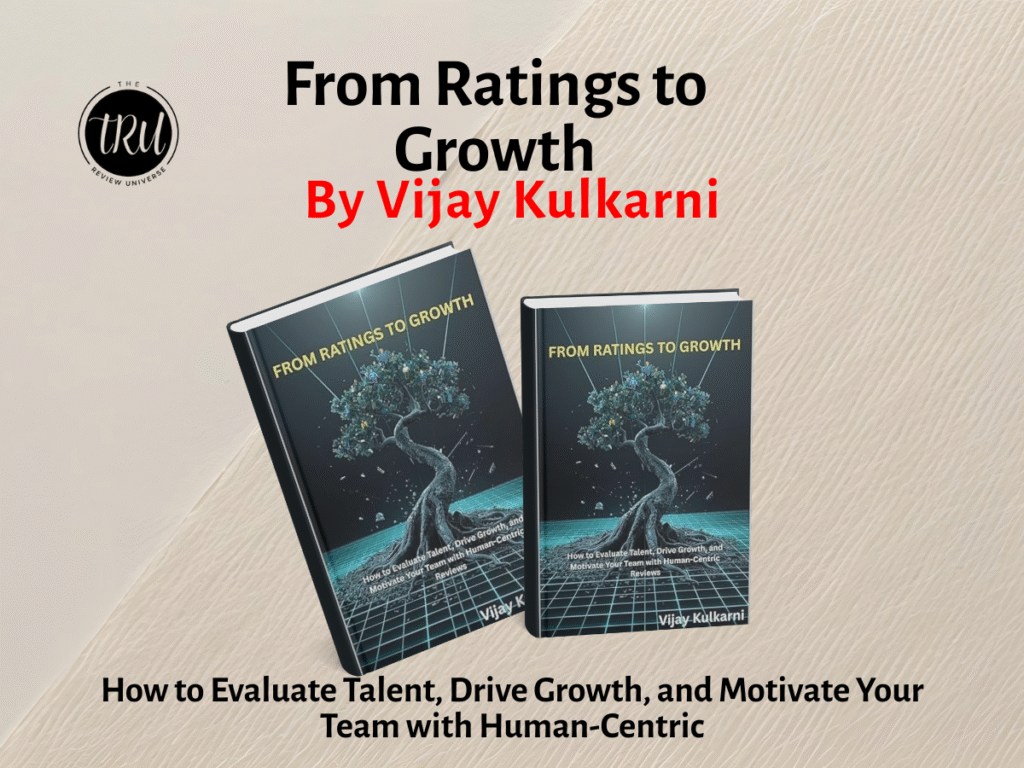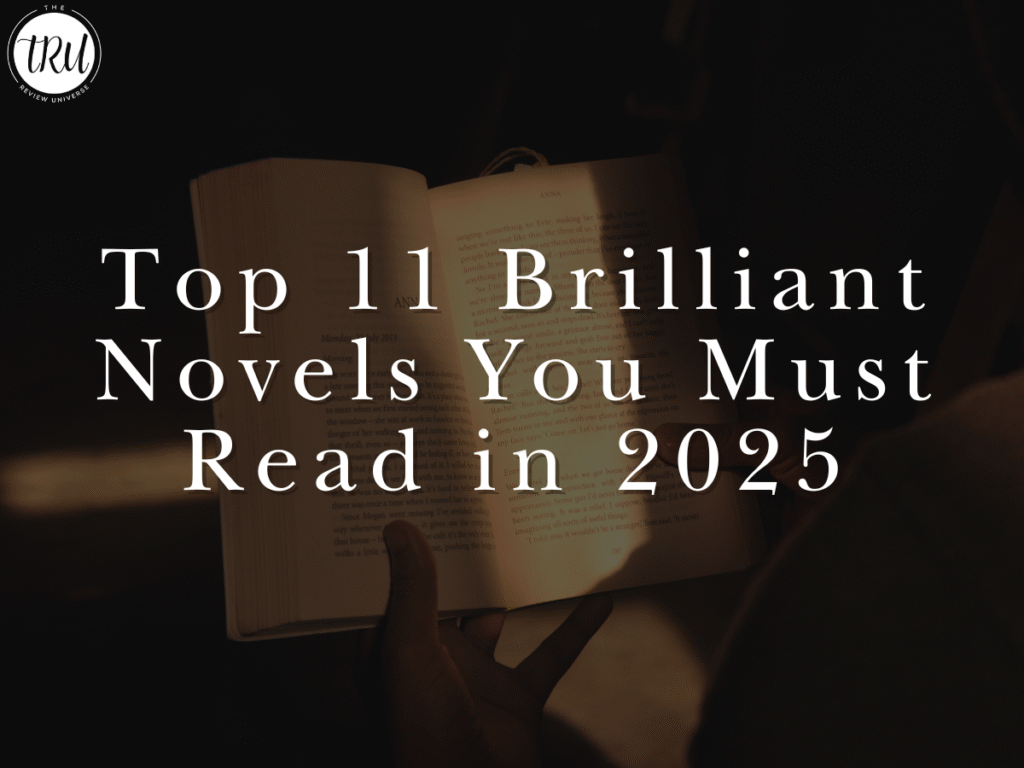
Some novels entertain, some challenge, and some linger with you long after you’ve turned the last page.
In this list, we explore 11 timeless works from modern literary masterpieces to gothic classics—that have shaped literature and continue to captivate readers. Each review dives into themes, narrative style, and why these books matter today. Whether you love stream-of-consciousness storytelling, intense thrillers, or sweeping epics, you’ll find your next great read here.
1. The Inheritance of Loss by Kiran Desai
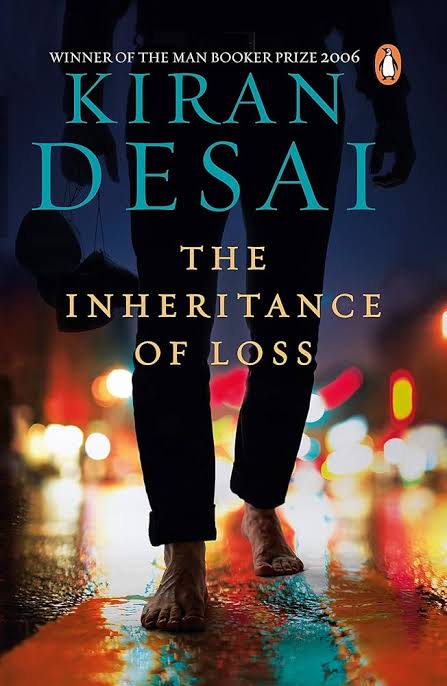
A deeply moving novel, the plot shifts between past and present timelines with focus on each of the characters’ stream of consciousness.
The Loss of Inheritance by Kiran Desai is a pertinent tale of Sai, her grandfather the retired Judge Patel and their cook, and of the people that surround their life.
With complex, nuanced and intricate characterisation each of the fictional characters appear lifelike, with their flaws and shortcomings.
With no significant major events in the main plotline, Desai portrays the impact of loss and heartbreak in a time of turmoil — both political and emotional.
Set in the mesmerizing hills of Kalimpong, the setting becomes a character of its own aiding the narrative’s melancholic atmosphere. With several references to real historical events, Desai critiques and satirizes social institutions and contemporary society’s evils in the novel.
Yet, her tone is never patronizing or didactic, her portrayal of each of these round characters, is what makes them truly human. This novel envelopes the readers in a serene and peaceful blanket, helping them to slow down and enjoy life’s fleeting moments.
2. Beloved by Toni Morrison
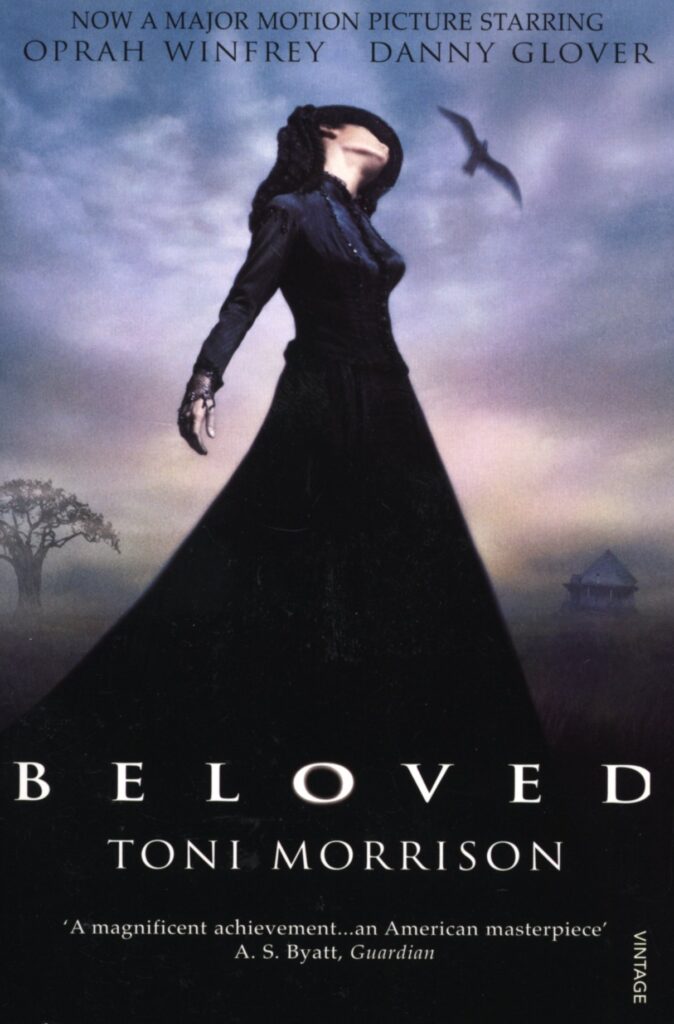
In Beloved by Toni Morrison, the protagonist Sethe commits love murder to protect her child from the hands of slave catchers. As she cuts the throat of the baby, she also cuts the ‘umbilical cord’ that enjoins her to the horrors of slavery. Morrison negotiates the legacy of slavery as national trauma and as an intensely personal trauma as well.
Beloved is not only concerned with the grand narrative of slavery but delves into the individual narrative of a black woman’s struggle against slavery and her slave past. The economy of slavery not only circumscribes the process of individuation and subject formation but also heightens the experience of motherhood.
3. Things Fall Apart by Chinua Achebe
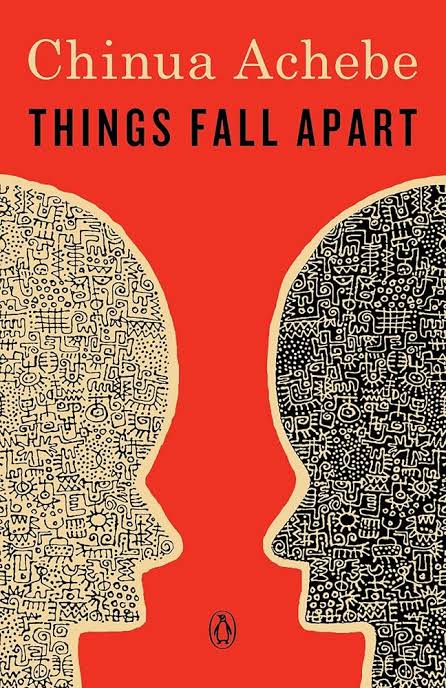
As a post colonial novel Things Fall Apart, is essentially a case study of cultural colonialism, native identity and anti-colonial resistance. Such a novel is especially important in our contemporary society to understand the perspectives of the colonised oppressed by colonisers.
Simon Gikandi describes Things Fall Apart as a story that encompasses “an archeology of the African past”. Through its rituals, ceremonies, and communal drama, the author reveals those qualities which merged the individual and his community into a vibrant and cohesive living texture.
Nguigi wa Theong’ O in The River Between, writes that “The white Man had come to Siriana and Joshua and Kalongi had been converted. They had abandoned the ridges and followed the new faith.”
Similarly in Achebe’s Things Fall Apart, the arrival of missionaries in Umuofia establishes the evangelical presence of the colonisers who arrived with a gun in one hand and the Bible in another.
Obierika clearly analyzes the inevitability of what must follow when he points out to Okonkwo, “The whiteman is very clever. He came quietly and peaceably with his religion. We were amused at his foolishness and allowed him to stay. Now he has won our brothers and our clan can no longer act like one. He has put a knife on things that held us together and we have fallen apart.”
4. Wild Reverence by Rebecca Ross
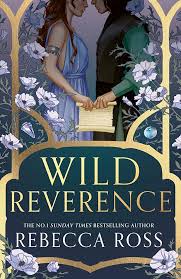
Wild Reverence by Rebecca Ross is fantasy that blends romance, mystery, legend and narrates the coming of age of a young goddess who finds herself at the crossroads. At its heart is a young goddess on the cusp of transformation, navigating the trials of identity, power, and purpose. As she unravels long-buried mysteries and confronts legendary forces, she is drawn into a deeply personal reckoning and consequently the most difficult decision of her life.
5. My Other Heart by Emma Nanami Strenner
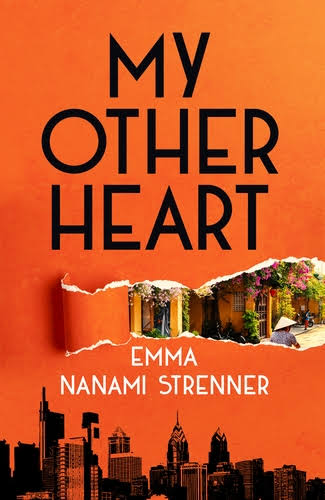
Emma Nanami Strenner reveals that she “wanted to look at the different types of bonds between mothers and daughters, biological, adopted and the fears that you carry as a mother as you watch your children grow up and move into the world and ultimately farther and farther awar from you.”
6. And Then There Were None
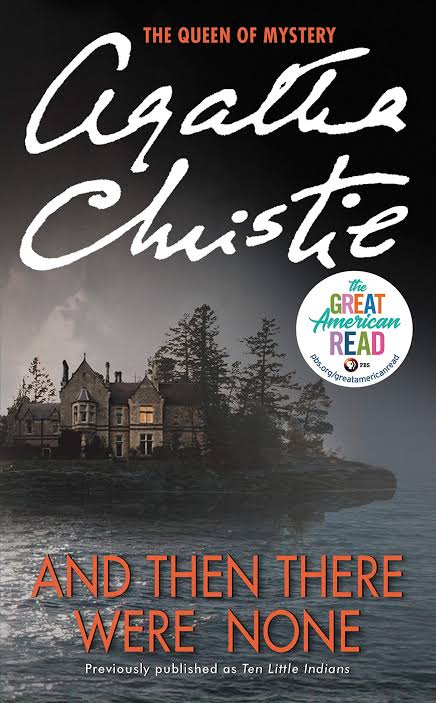
And Then There Were None by Agatha Christie is the world’s best-selling mystery, and with over 100 million copies sold, it is one of the best-selling books of all time, according to Wikipedia.
Eight people are invited to an isolated island town located near the Devon coast, a county in South West England. Thomas and Ethel Rogers, the butler and housekeeper explain that the hosts have not yet arrived. Each of the guests have in common two things — a nursery rhyme lies framed and hung in their room and a sinful past.
A gripping, atmospheric tale where a string of unusual deaths claims each of the characters, one by one. With no possibility of escape, suspense builds relentlessly toward a chilling, inescapable conclusion.
7. The Secret History by Donna Tart

The Secret History by Donna Tart is a popular and beloved dark academia novel that has captured readers all around the globe .The book has since been credited as popularizing the growth of the dark academia literary sub-genre.
As a campus novel, it represents the wonder of prestigious,elite educational institutions but also uncovers the ominous secrets behind them.
Behind the pristine facade, lies the sinister truth of moral ambiguity and twisted secrets depicted in The Secret History typified by the enigmatic Professor Julian Morrow and his exclusive group of students including the charismatic Henry, twins Charles and Camilla and Bunny. Their obsession with Greek mythology ultimately culminates into a tragedy— which impacts every character in the novel.
8. Dracula by Bram Stoker
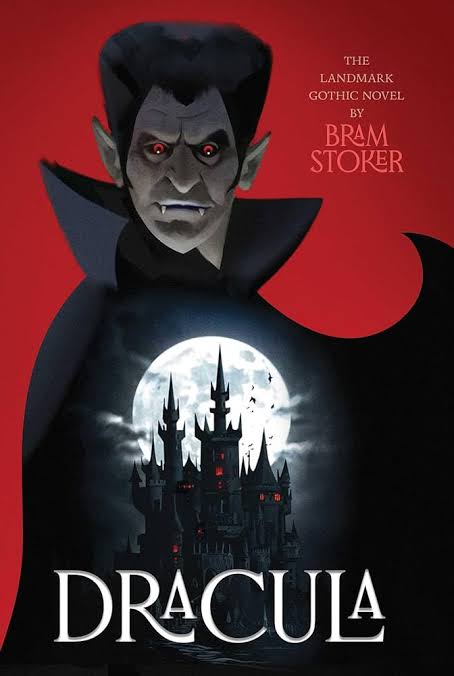
Published in 1897, Dracula is a cornerstone of Gothic literature and the definitive vampire novel. Bram Stoker’s tale of Count Dracula’s attempt to relocate from Transylvania to England and spread the curse of vampirism while being opposed by a group of determined individuals encompasses nearly all of the hallmarks of the genre.
Stoker’s depiction of vampirism is layered with metaphorical significance. It represents not only physical horror but also psychological and moral corruption.
The act of vampirism, with its exchange of bodily fluids and the transformation of the victim, reflects Victorian anxieties about disease, sexuality, and contamination.One of the most compelling aspects of Dracula is its exploration of repressed sexuality. The novel was written during the height of Victorian morality, a period characterized by sexual restraint and the idealization of chastity, particularly for women. Yet Dracula is suffused with erotic undertones.
9. Mrs Dalloway by Virginia Woolf
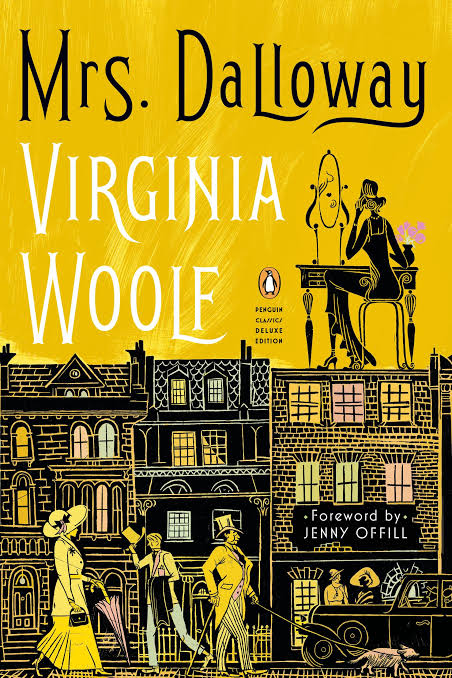
Virginia Woolf’s Mrs Dalloway is a seminal modernist novel that is set over the course of a single day in post-World War I London; the novel follows Clarissa Dalloway as she prepares for a party.
Rather than focusing on the specific events, Woolf delves into Clarissa’s consciousness, revealing her memories, regrets, and reflections on life.
Woolf employs the stream of consciousness to shift fluidly between the thoughts of multiple characters, including Septimus Warren Smith, a war veteran suffering from post-traumatic stress disorder. This technique allows Woolf to explore themes of trauma, identity, and social expectation from multiple perspectives.
The narrative is nonlinear, jumping between past and present through the characters’ memories. In this way, Mrs Dalloway illustrates how time is experienced subjectively and how identity is shaped by internal as well as external forces.
10. A Mother’s Love by Danielle Steel

A Mother’s Love by Danielle Steel narrates the journey of Halley Holbrook,the proud mother of twins Valerie and Olivia who have now grown up and moved away from their mother’s home.
Following this transformative experience, Halley decides to embark on her own, on a solo trip to Paris. What follows next, forces her to confront her traumatic past which she has long buried in the deep chambers of her soul.
However, Halley strives to no longer succumb to the monsters of her past anymore. She is determined to overcome the trials and tribulations of the present and redefine her identity in this pivotal turning point of her life.
A Mother’s Love is a tale of an undefeated and strong mother who refused to perpetuate the pattern of her abusive childhood. In the process of raising her twins, she had vows to provide the safety and protection of a nurturing home.
11. The Picture of Dorian Gray

The Picture of Dorian Gray by Oscar Wilde has been regarded as a classic of Gothic Fiction. Dorian Gray has been picturised through the eyes of his friend, Basil Hallward.
Echoing the tendencies of the Overreacher, Gray exchanges his soul for eternal youth and beauty. He pursues a hedonistic lifestyle devoid of any moral or sexual restraints. Inspired by Lord Henry Wotton,Gray engages in the performance of a gentleman in polite society while simultaneously leading a double life of impulsivity and debauchery.
Sheldon W. Liebman observes that Dorian’s immersion in the elite social circles of Victorian London exposes him to a culture of superficiality and moral hypocrisy.


